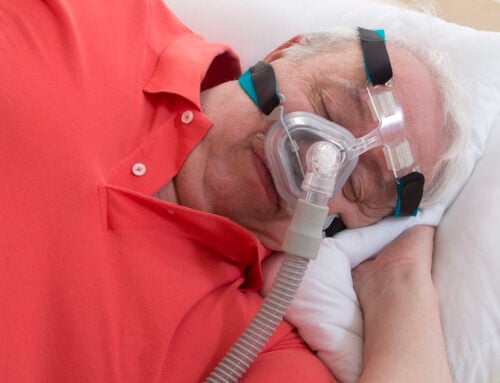Pain Relief From Injury
Choosing between heat and ice can be one of the confusing parts of the recovery process. Both ice and heat are dually effective in treating pain and injuries. Injuries may even require both ice and heat, just at different times in the recovery process.

How ice helps pain relief
Ice restricts blood flow to the affected area, reducing inflammation and providing relief. Ice is most effective when applied for short periods of time. A typical regimen is 15-20 minutes several times a day. Ice therapy can include ice packs, ice baths and ice massages, coolant sprays, and cryotherapy. Always make sure there is a barrier between the cold source and the skin to prevent damage to the skin.
When should ice be used?
Ice is best used to treat acute injuries such as muscle sprains and bone fractures. The sooner ice is applied to the injury, the better. The ideal time is within 48 hours of the injury as this will help reduce the swelling and alleviate pain.
When should ice not be used?
Ice should not be used on open sores or tight muscles and joints. Individuals with sensory disorders, diabetes, heart conditions, or circulation problems should consult with a physician prior to using ice as a recovery tool. Ice should also not be applied to the front or side of the neck.
How does heat help?
Heat increases blood flow to the affected area, which encourages muscle relaxation and flexibility. Heat therapy is more effective when applied for longer periods of time. Examples of heat therapy include heating pads, saunas, steamed towels, and hot baths. When using heat, aim for warm and not hot. Too high of heat can cause damage to the skin.
When should heat be used?
Heat is best used to treat tight muscles and chronic conditions. Heat can be applied at the injury site, regionally or full body.
When should heat not be used?
Heat should not be used on open sores. If there is any swelling, heat should not be used. As with ice, individuals with sensory disorders, diabetes, and heart conditions should consult with a physician prior to using heat as a recovery tool. Women who are pregnant should also consult with a physician prior to any heat therapy. Overheating the body can be damaging to the developing fetus.
In summary
Ice can be used post activity and to reduce swelling. Heat can be used pre-activity and to relax muscles. When in doubt, a medical professional should be consulted to minimize further injury.




